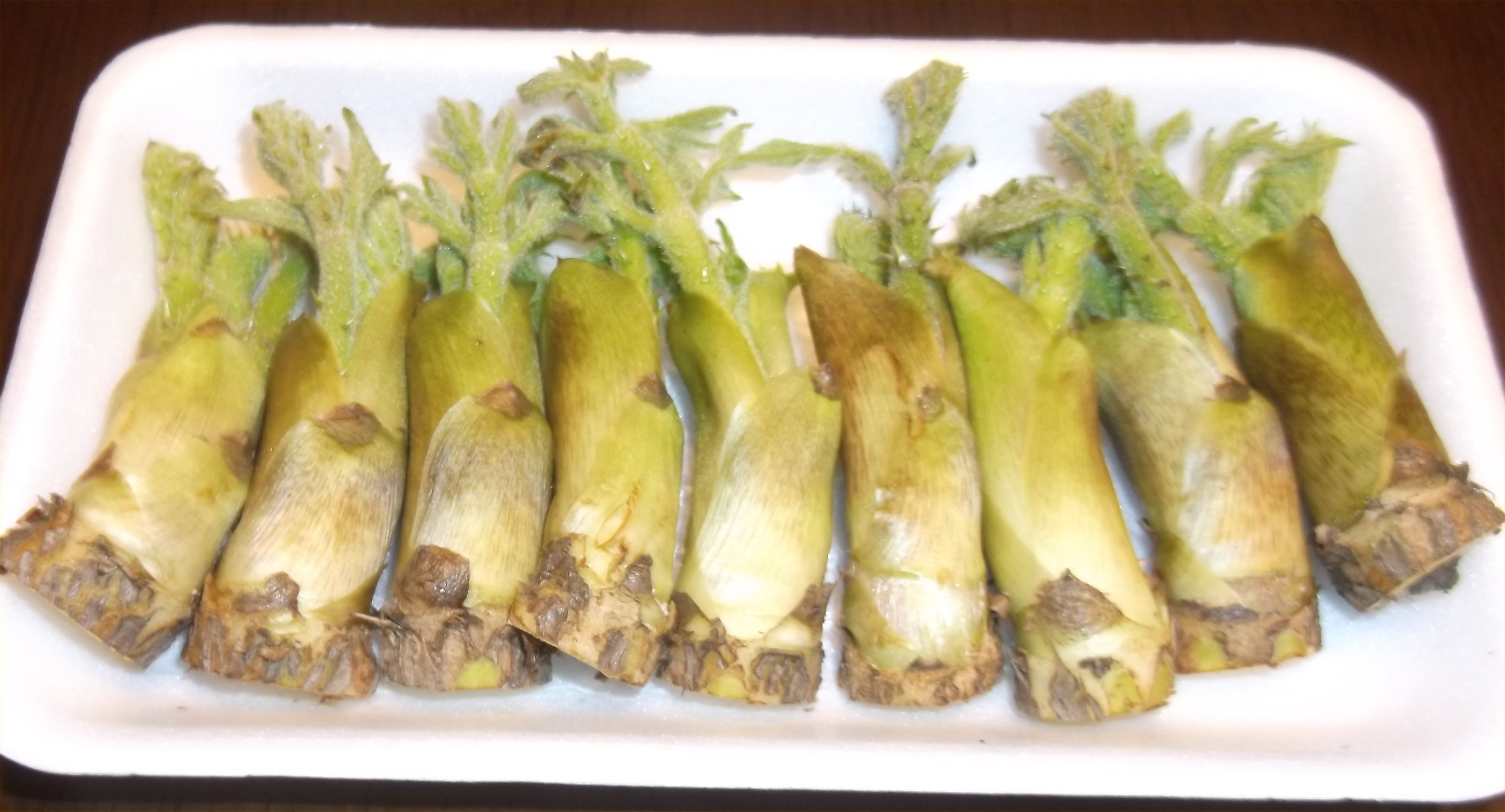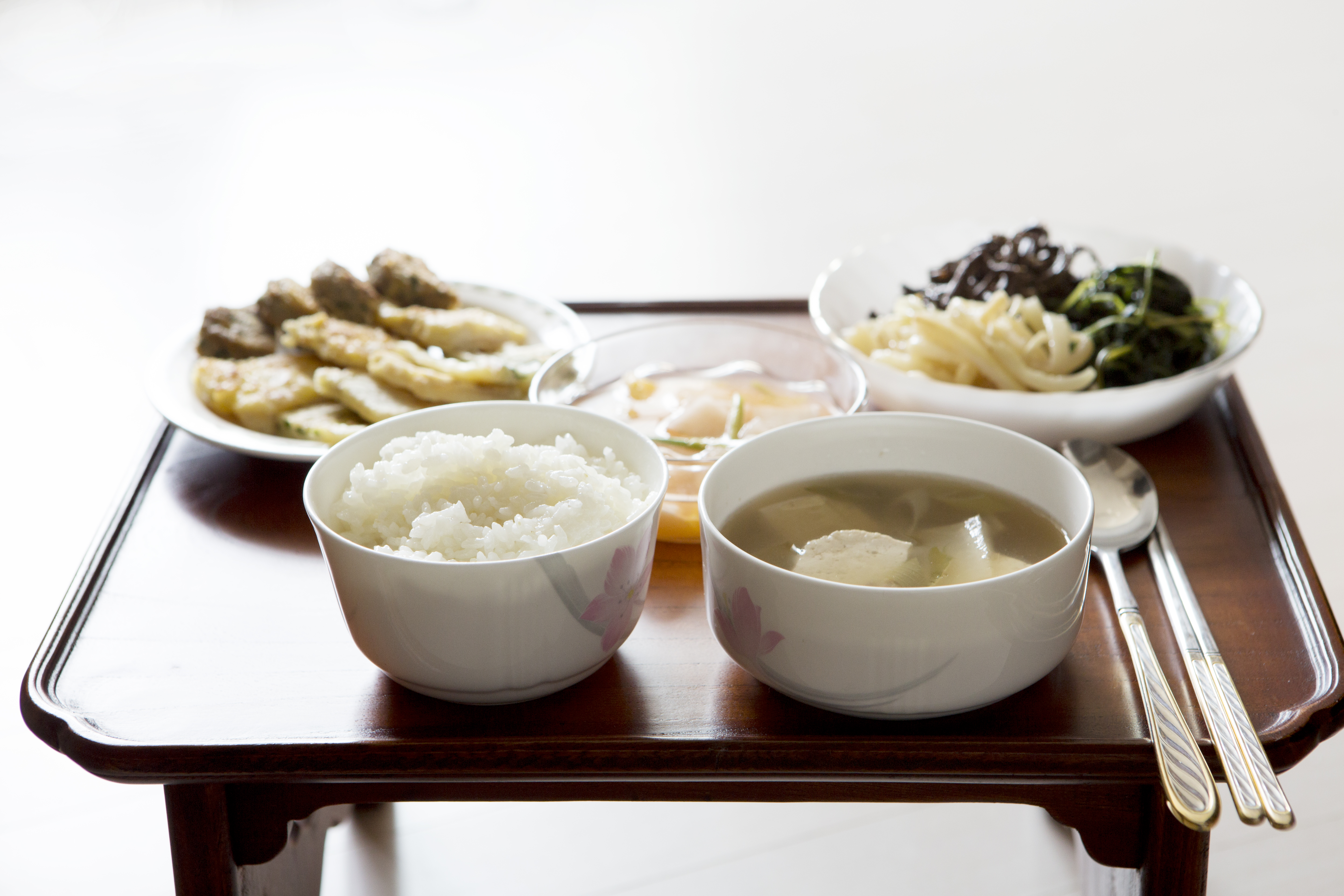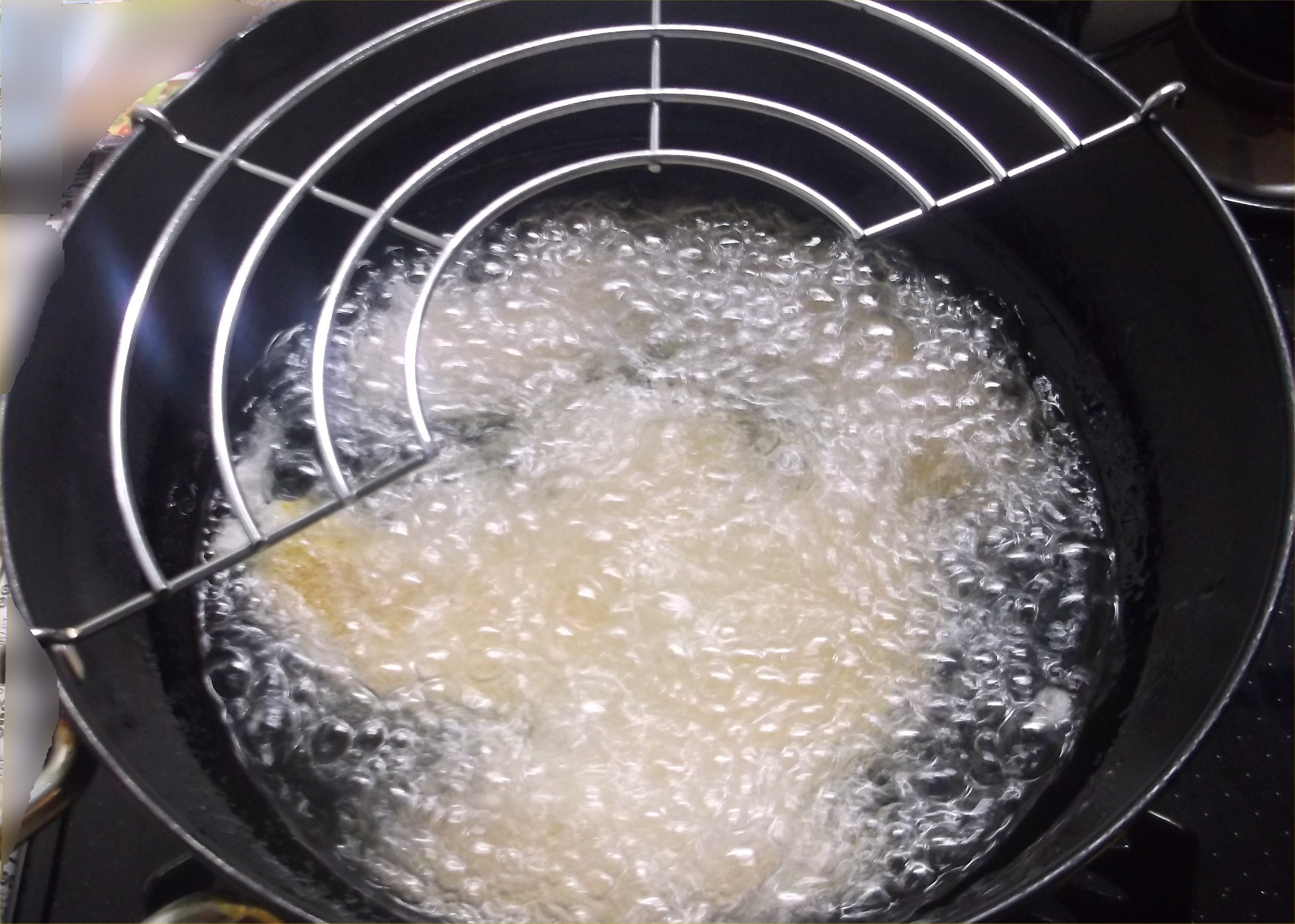|
Aralia Elata
''Aralia elata'', the Japanese angelica tree, Chinese angelica-tree, or Korean angelica-tree, is a woody plant A woody plant is a plant that produces wood as its structural tissue and thus has a hard stem. In cold climates, woody plants further survive winter or dry season above ground, as opposite to herbaceous plants that die back to the ground until sp ... belonging to the family (biology), family Araliaceae. It is known as ''tara-no-ki'' (; ) in Japanese, and ''dureup-namu'' () in Korean. Description It is an upright deciduous small tree or shrub growing up to in height, native plant, native to eastern Russia, China, Korea, and Japan. The Bark (botany), bark is rough and gray with prickles. The leaf, leaves are alternate, large, 60–120 cm long, and double pinnate. The flowers are produced in large umbels in late summer, each flower small and white. The fruit is a small black drupe. ''Aralia elata'' is closely related to the American species ''Aralia spinosa'', wit ... [...More Info...] [...Related Items...] OR: [Wikipedia] [Google] [Baidu] |
Friedrich Anton Wilhelm Miquel
Friedrich Anton Wilhelm Miquel (24 October 1811 – 23 January 1871) was a Dutch botanist, whose main focus of study was on the flora of the Dutch East Indies. Early life Miquel was born in Neuenhaus and studied medicine at the University of Groningen, where, in 1833, he received his doctorate. After starting work as a doctor at the Buitengasthuis Hospital in Amsterdam, in 1835, he taught medicine at the clinical school in Rotterdam. In 1838 he became correspondent of the Royal Institute, which later became the Royal Netherlands Academy of Arts and Sciences, and in 1846 he became member. He was professor of botany at the University of Amsterdam (1846–1859) and Utrecht University (1859–1871). He directed the Rijksherbarium (National Herbarium) at Leiden from 1862. In 1866, he was elected a foreign member of the Royal Swedish Academy of Sciences. Research Miquel did research on the Taxonomy (biology), taxonomy of plants. He was interested in the flora of the Dutch Empire, speci ... [...More Info...] [...Related Items...] OR: [Wikipedia] [Google] [Baidu] |
Royal Horticultural Society
The Royal Horticultural Society (RHS), founded in 1804 as the Horticultural Society of London, is the UK's leading gardening charity. The RHS promotes horticulture through its five gardens at Wisley (Surrey), Hyde Hall (Essex), Harlow Carr (North Yorkshire), Rosemoor (Devon) and Bridgewater (Greater Manchester); flower shows including the Chelsea Flower Show, Hampton Court Palace Flower Show, Tatton Park Flower Show and Cardiff Flower Show; community gardening schemes; Britain in Bloom and a vast educational programme. It also supports training for professional and amateur gardeners. the president was Keith Weed and the director general was Sue Biggs CBE. History Founders The creation of a British horticultural society was suggested by John Wedgwood (son of Josiah Wedgwood) in 1800. His aims were fairly modest: he wanted to hold regular meetings, allowing the society's members the opportunity to present papers on their horticultural activities and discoveries, to enc ... [...More Info...] [...Related Items...] OR: [Wikipedia] [Google] [Baidu] |
Glutinous Rice
Glutinous rice (''Oryza sativa var. glutinosa''; also called sticky rice, sweet rice or waxy rice) is a type of rice grown mainly in Southeast and East Asia, and the northeastern regions of South Asia, which has opaque grains, very low amylose content, and is especially sticky when cooked. It is widely consumed across Asia. It is called glutinous ( la, glūtinōsus) in the sense of being glue-like or sticky, and not in the sense of containing gluten (which it does not). While often called ''sticky rice'', it differs from non-glutinous strains of japonica rice which also become sticky to some degree when cooked. There are numerous cultivars of glutinous rice, which include ''japonica'', ''indica'' and ''tropical japonica'' strains. History In China, glutinous rice has been grown for at least 2,000 years. However, researchers believe that glutinous rice distribution appears to have been culturally influenced and closely associated with the early southward migration and distribu ... [...More Info...] [...Related Items...] OR: [Wikipedia] [Google] [Baidu] |
Sukhoe
( ko, 숙회) is a variety of '' hoe'' dishes consisting of blanched vegetables, seafoods, or offals. ''Sukhoe'' is usually dipped in '' chojang'', the mixture made of gochujang and vinegar. History A number of ''sukhoe'' varieties are listed in a 17th-century cookbook, '' Jubangmun''. Varieties * () – Blanched green sea fingers are chopped finely, and served with '' chojang'' (dipping sauce made with gochujang and vinegar). * () – Blanched ''dureup'' (angelica-tree shoots) are served with ''chojang''. * () or () – Fresh fish, boiled beef lung, sea cucumber, abalone are sliced, mixed with ''silpa'' (thread scallions), Indian chrysanthemum leaves, ''pyogo'' and ''seogi'' mushrooms, and coated with starch slurry, blanched, and served in sesame milk. * () – Aubergines are blanched in salt water, sliced thinly, and served with mustard sauce. * () – Blanched or raw ''minari'' (''Oenanthe javanica'') is served with ''chojang''. * () – Fresh giant octopus is ... [...More Info...] [...Related Items...] OR: [Wikipedia] [Google] [Baidu] |
Bugak
''Bugak'' () is a variety of vegetarian ''twigim'' (deep-fried dish) in Korean cuisine. It is made by deep frying dried vegetables or seaweed coated with ''chapssal-pul'' (; glutinous rice paste) and then drying them again. It is eaten as ''banchan'' (accompaniment to cooked rice) or '' anju'' (accompaniment to alcoholic beverages). Common ingredients are green chili peppers, perilla leaves, inflorescence, camellia leaves, chrysanthemum leaves, burdock leaves, tree of heaven shoots, potatoes, '' gim'' (laver), and '' dasima'' (kelp). Vegetable oils such as perilla oil or soybean oil are typically used for frying. ''Bugak'' is a relatively rare culinary technique in Korean cuisine, along with ''dasima twigak'' (; deep fried vegetables without coating). It is often associated with Korean temple cuisine. Varieties * ''dangeun-bugak'' () – made with carrots * ''dasima-bugak'' () – made with kelp * ''deulkkae-songi-bugak'' () – made with perilla inflorescence * '' ... [...More Info...] [...Related Items...] OR: [Wikipedia] [Google] [Baidu] |
Jeon (food)
''Jeon'' ( ko, 전, 煎) is a fritter in Korean cuisine made by seasoning whole, sliced, or minced fish, meat, vegetables, etc., and coating them with wheat flour and egg wash before frying them in oil. ''Jeon'' can be made with ingredients such as fish, meat, poultry, seafood, and vegetable, and be served as an appetizer, a ''banchan'' (side dish), or an '' anju'' (food served and eaten with drinks). Some jeons are sweet desserts; one such variety is called ''hwajeon'' (literally "flower ''jeon''"). Names Although ''jeon'' can be considered a type of ''buchimgae'' in a wider sense, ''buchimgae'' and ''jeons'' are different dishes. ''Jeons'' are smaller and made with fewer ingredients than ''buchimgae''. ''Jeon'' can also be called ''jeonya'' (), especially in Korean royal court cuisine context. ''Jeonya'' is sometimes called ''jeonyueo'' () or ''jeonyuhwa'' (). The variety of jeon made for jesa (ancestral rite) are called ''gannap'' (). ''Gannap'' are usually made of ... [...More Info...] [...Related Items...] OR: [Wikipedia] [Google] [Baidu] |
Jangajji
''Jangajji'' () or pickled vegetables is a type of ''banchan'' (side dish) made by pickling vegetables. * Unlike kimchi, ''jangajji'' is non-fermented vegetables, usually pickled in soy sauce, soybean paste, or chili paste. ''Jangajji'' dishes are usually preserved for a long period of time, and served with a drizzle of sesame oil. Preserved foods like ''jangajji'' were developed to attain a certain level of vegetable consumption during the long, harsh winters on the Korean peninsula. Etymology ''Jangajji'' () is derived from Middle Korean ''jyangaetdihi'' (), that consists of the noun ''jyang'' (; "soy sauce" or " soybean paste"), the genitive postposition ''-ae'' (-), the inserted inter-siot ''-t-'' (--), and the noun ''dihi'' (; "kimchi"). Ingredients Main ingredients vary according to region and temperature. Some examples are green garlic, garlic scapes, radish, cucumber, chili pepper leaves, chamoe, perilla leaves, and deodeok. ''Jangajji'' is usually pickled in ... [...More Info...] [...Related Items...] OR: [Wikipedia] [Google] [Baidu] |
Namul
Namul ( ko, 나물) refers to either a variety of edible grass or leaves or seasoned herbal dishes made of them. Wild greens are called ''san-namul'' (, "mountain namul"), and spring vegetables are called ''bom-namul'' (, "spring namul"). On the day of Daeboreum, the first full moon of the year, Koreans eat ''boreum-namul'' (, "full moon namul") with five-grain rice. It is believed that boreum namuls eaten in winter help one to withstand the heat of the summer to come. Preparation and serving For namul as a dish, virtually any type of vegetable, herb, or green can be used, and the ingredient includes roots, leaves, stems, seeds, sprouts, petals, and fruits. Some seaweeds and mushrooms, and even animal products such as beef tendons are also made into namuls. Although in most cases the vegetables (and non-vegetable namul ingredients) are blanched before being seasoned, the method of preparation can also vary; they may be served fresh (raw), boiled, fried, sautéed, fermente ... [...More Info...] [...Related Items...] OR: [Wikipedia] [Google] [Baidu] |
Korean Cuisine
Korean cuisine has evolved through centuries of social and political change. Originating from ancient agricultural and nomadic traditions in Korea and southern Manchuria, Korean cuisine reflects a complex interaction of the natural environment and different cultural trends. Korean cuisine is largely based on rice, vegetables, seafood and (at least in South Korea) meats. Dairy is largely absent from the traditional Korean diet. Traditional Korean meals are named for the number of side dishes (반찬; 飯饌; ''banchan'') that accompany steam-cooked short-grain rice. Kimchi is served at nearly every meal. Commonly used ingredients include sesame oil, ''doenjang'' (fermented bean paste), soy sauce, salt, garlic, ginger, ''gochugaru'' (pepper flakes), '' gochujang'' (fermented red chili paste) and napa cabbage. Ingredients and dishes vary by province. Many regional dishes have become national, and dishes that were once regional have proliferated in different variations ... [...More Info...] [...Related Items...] OR: [Wikipedia] [Google] [Baidu] |
Korean Language
Korean ( South Korean: , ''hangugeo''; North Korean: , ''chosŏnmal'') is the native language for about 80 million people, mostly of Korean descent. It is the official and national language of both North Korea and South Korea (geographically Korea), but over the past years of political division, the two Koreas have developed some noticeable vocabulary differences. Beyond Korea, the language is recognised as a minority language in parts of China, namely Jilin Province, and specifically Yanbian Prefecture and Changbai County. It is also spoken by Sakhalin Koreans in parts of Sakhalin, the Russian island just north of Japan, and by the in parts of Central Asia. The language has a few extinct relatives which—along with the Jeju language (Jejuan) of Jeju Island and Korean itself—form the compact Koreanic language family. Even so, Jejuan and Korean are not mutually intelligible with each other. The linguistic homeland of Korean is suggested to be somewhere in ... [...More Info...] [...Related Items...] OR: [Wikipedia] [Google] [Baidu] |
Dureup
''Aralia elata'', the Japanese angelica tree, Chinese angelica-tree, or Korean angelica-tree, is a woody plant belonging to the family Araliaceae. It is known as ''tara-no-ki'' (; ) in Japanese, and ''dureup-namu'' () in Korean. Description It is an upright deciduous small tree or shrub growing up to in height, native to eastern Russia, China, Korea, and Japan. The bark is rough and gray with prickles. The leaves are alternate, large, 60–120 cm long, and double pinnate. The flowers are produced in large umbels in late summer, each flower small and white. The fruit is a small black drupe. ''Aralia elata'' is closely related to the American species ''Aralia spinosa'', with which it is easily confused. Cultivation ''Aralia elata'' is cultivated, often in a variegated form, for its exotic appearance. It prefers deep loamy soils in partial shade, but will grow in poorer soils and in full sun. The cultivars 'Variegata' and 'Aureovariegata' have gained the Royal Horticultural ... [...More Info...] [...Related Items...] OR: [Wikipedia] [Google] [Baidu] |
Tempura
is a typical Japanese dish usually consisting of seafood, meat and vegetables that have been battered and deep fried. The dish was introduced by the Portuguese in Nagasaki through fritter-cooking techniques in the 16th century. The word ''tempura'' comes from the Latin word , a term referring to times of fasting when the church dictated that Catholics go meatless. Preparation Batter A light batter is made of iced water, eggs, and soft wheat flour (cake, pastry or all-purpose flour). Sometimes baking soda or baking powder is added to make the fritter light. Using sparkling water in the place of plain water makes a similar effect. Tempura batter is traditionally mixed in small batches using chopsticks for only a few seconds, leaving lumps in the mixture that, along with the cold batter temperature, result in the unique fluffy and crisp tempura structure when cooked. The batter is often kept cold by adding ice or placing the bowl inside a larger bowl with ice. Overmixing the ba ... [...More Info...] [...Related Items...] OR: [Wikipedia] [Google] [Baidu] |

.jpg)




